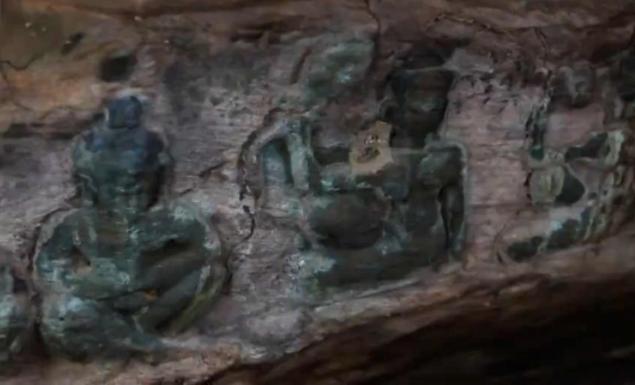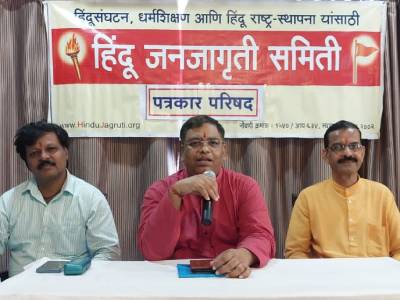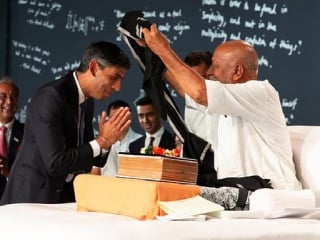Jyeshtha Shuklapaksha 7, Kaliyug Varsha 5115
The 1,200-year-old city — just 25 miles west of Angkor Wat in mountainous Phnom Kulen region — was found by Sydney University’s Damien Evans and his team using the latest airborne Lidar laser scanning technology.
Archaeologists in the Siem Reap region using new maps acquired using LIDAR have discovered an entire Angkor city where previously only a few isolated temples were known to be.
Move over, Indy!
A group of real-life archaeologists have discovered an ancient city that had been lost to the mists and undergrowth of Cambodia for more than a thousand years.
The medieval city, called Mahendraparvata, is thought to be some 1,200 years old, and was initially discovered through the use of Lidar, an airborne laser-scanning technology.
Australian Archaeologist Damien Evans, the director of the University of Sydney's research center in Cambodia, made the arduous trek through the thick Cambodian jungles of the mountainous Phnom Kulen region to stumble upon ancient temples, canals, and Bhuddas carved into rock, now overgrown with moss.
The Lidar-light detection equipment was strapped to a helicopter and was able to detect stone structures through the thick, inhospitable jungle.
Mahendraparvata, located 25 miles west of Angkor Wat, predates the famed structures by some 350 years.
 |
Fairfax Media
Archaeologists in the Siem Reap region using new maps acquired using LIDAR have discovered an entire Angkor city where previously only a few isolated temples were known to be.
 |
Evans said that the Lidor images taken several weeks ago hinted at something unusual. "We see from the imagery that the landscape was completely devoid of vegetation," he told the paper.
But how or why did the city fail? Evans has a hypothesis.
"One theory we are looking at is that the severe environmental impact of deforestation and the dependence on water management led to the demise of the civilization… perhaps it became too successful to the point of becoming unmanageable."
Evans was joined on the expedition by a one-legged guide named Heng Heap, and a reporter and photographer from Fairfax Media, who said they had to orienteer through miles of dense undergrowth and bogs, navigating on small paths in the jungle.
TANG CHHIN SOTHY/AFP/Getty Images
The lost city is located about 25 miles west of the famed Angkor Wat temple in Siem Reap province.
Adding to the challenge — the Siem Reap region is still littered with active land mines.
Thankfully, the crew made it safely to the ruins. Photographer Nick Moir captured the archaeologists sifting through the site.
The full scope of their findings will be published in the Proceedings of the National Academy of Science.
French botanist Henri Mahout was the first person from the West to discover the Angkor Wat temple in the 1860s, though it was known to local people and used for religious purposes.
The Hindu temple, which was constructed in the 12th century by Khmer King Suryavarman II, is a UNESCO world heritage site, and one of the wonders of the ancient world.
Source : NY Daily News





